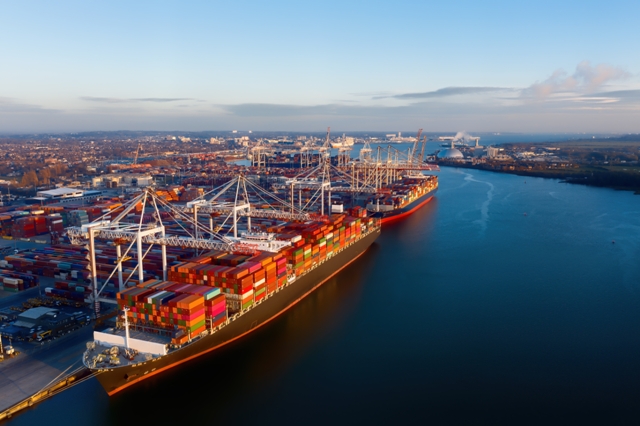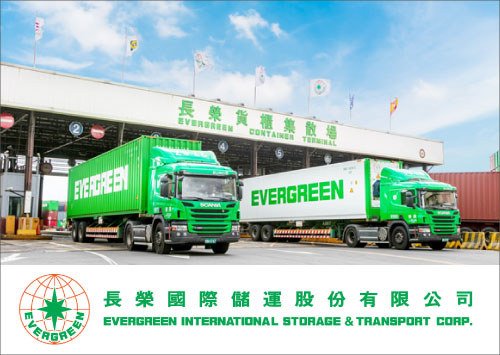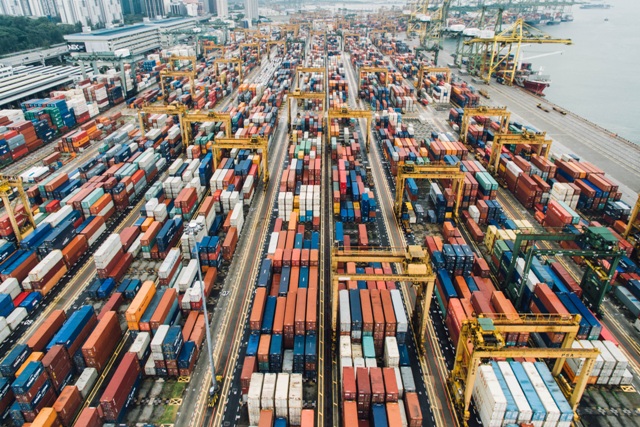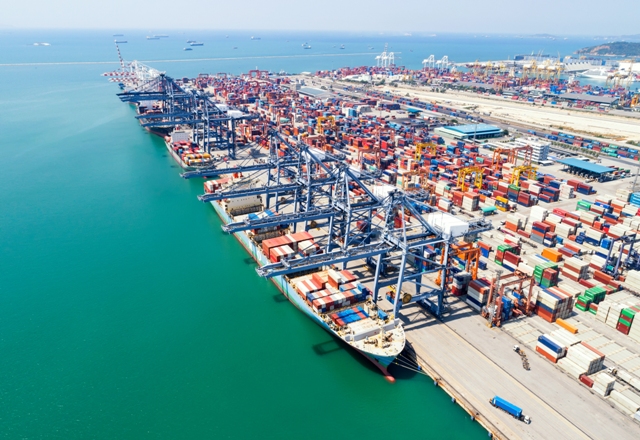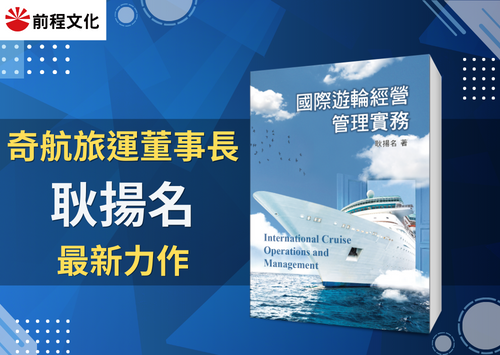Growing demand for smart home devices in the United States contributed to a 5.2 percent year-over-year increase in imports of electronics in 2018, and industry leaders expect continued growth in 2019 — as long as there is a favorable outcome in the US-China trade negotiations. China is, by far, the biggest electronics supplier to the US.
The Consumer Technology Association (CTA) predicts wholesale consumer electronics revenue will rise 2 percent to $255 billion this year, driven in part by consumer interest in faster internet connectivity and innovations in artificial intelligence. The forecast is well below the 7 percent year-over-year sales increase in 2018, in part because of the trade talks uncertainty, CTA officials said.
Voice-controlled smart speakers and smart home products, such as those that address home monitoring and security, are likely to drive sales in 2019, along with smartphones, helped by the launch of the first 5G smartphones, CTA said. Laptop sales are also likely to rise, but trade in televisions and other digital displays will decline, the association predicts.
“We see huge growth in connected technology, Internet of Things (IoT), and connected systems,” a major electronics shipper said. “Consumers and professionals want products that they can control from their smartphones and devices.”
Importers of electronics told The Journal of Commerce in interviews they were concerned about ship capacity when cargo volumes surges, about the reliability of carrier schedules, and the impact of US and China’s trade tariffs.
US tariffs targeted more than 550 electronics products, which prompted a lot of “hoarding behavior,” said Sage Chandler, CTA’s vice president for trade. As in other industries, electronics importers sought to bring in a higher-than-normal volume of products and store them in advance of Jan. 1, 2019, when those tariffs were scheduled to rise from 10 percent to 25 percent. That deadline was subsequently postponed, but the cargo had been delivered, elevating inventory levels. And the impact of President Trump’s escalation of the fight in May, and the Chinese retaliatory tariffs, is unclear.
The US imported 1.34 million loaded TEU of electronics goods in 2018, up from 1.27 million TEU in 2017, according to figures from PIERS, a sister product of The Journal of Commerce within IHS Markit. The 5.2 percent increase in cargo in 2018 easily outpaced the compound annual growth rate (CAGR) of 2.2 percent the industry has experienced since 2014.
Even if the US-China trade dispute is resolved, its effects will be felt throughout 2019, especially if the talks are prolonged, CTA executives said. “I think we are going to start seeing more shift in how products are sourced in the coming months, as companies sort out their sourcing,” said Rick Kowalski, senior manager of business intelligence for CTA.
Chandler said she has spoken to companies that are shifting production to Vietnam, Malaysia, and even Mexicobecause of the tariffs. Importers have also started to raise prices to cover the additional costs, and those increases will stick, she said.
“If the tariffs go away, it’s going to be unlikely to drop that price increase if it’s not drastic and it’s not costing them customers,” she said. “It’s unlikely that you will see that price come down because they have already established a market at a higher price.”
China, the origin of 63.6 percent of US electronics imports in 2018, held the same market share in 2017, according to PIERS. The country’s electronics exports to the US increased 8.6 percent to total of 849,721 TEU, far faster than its CAGR of 1.3 percent, the data show.
China shipped 15 times as much electronics cargo to the US as Hong Kong, which was ranked second in terms of volume of US electronics imports. Hong Kong exported 53,591 loaded TEU of electronics to the US in 2018, a year-over-year decline of 1.3 percent, while imports from third-place Korea increased 2 percent to 48,352 TEU.
(沛華集團提供)

